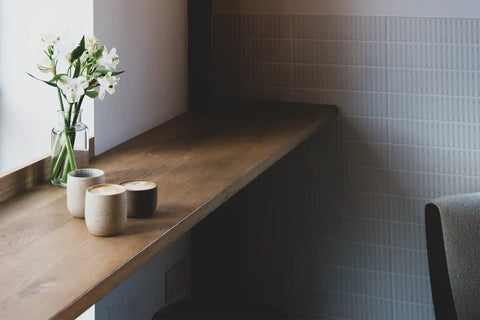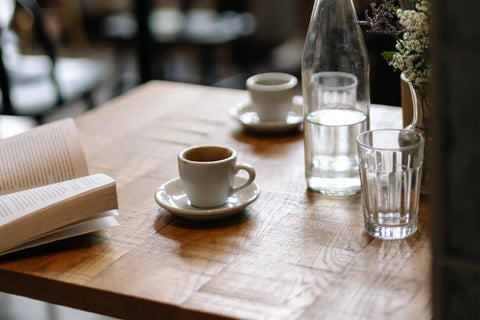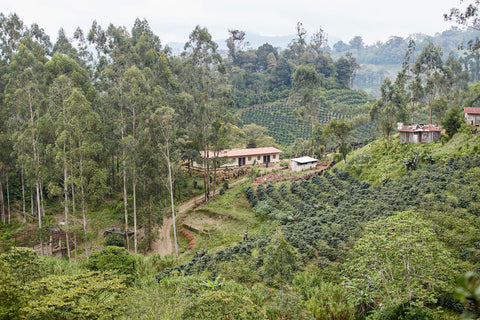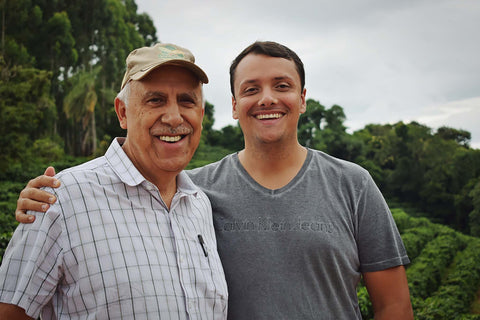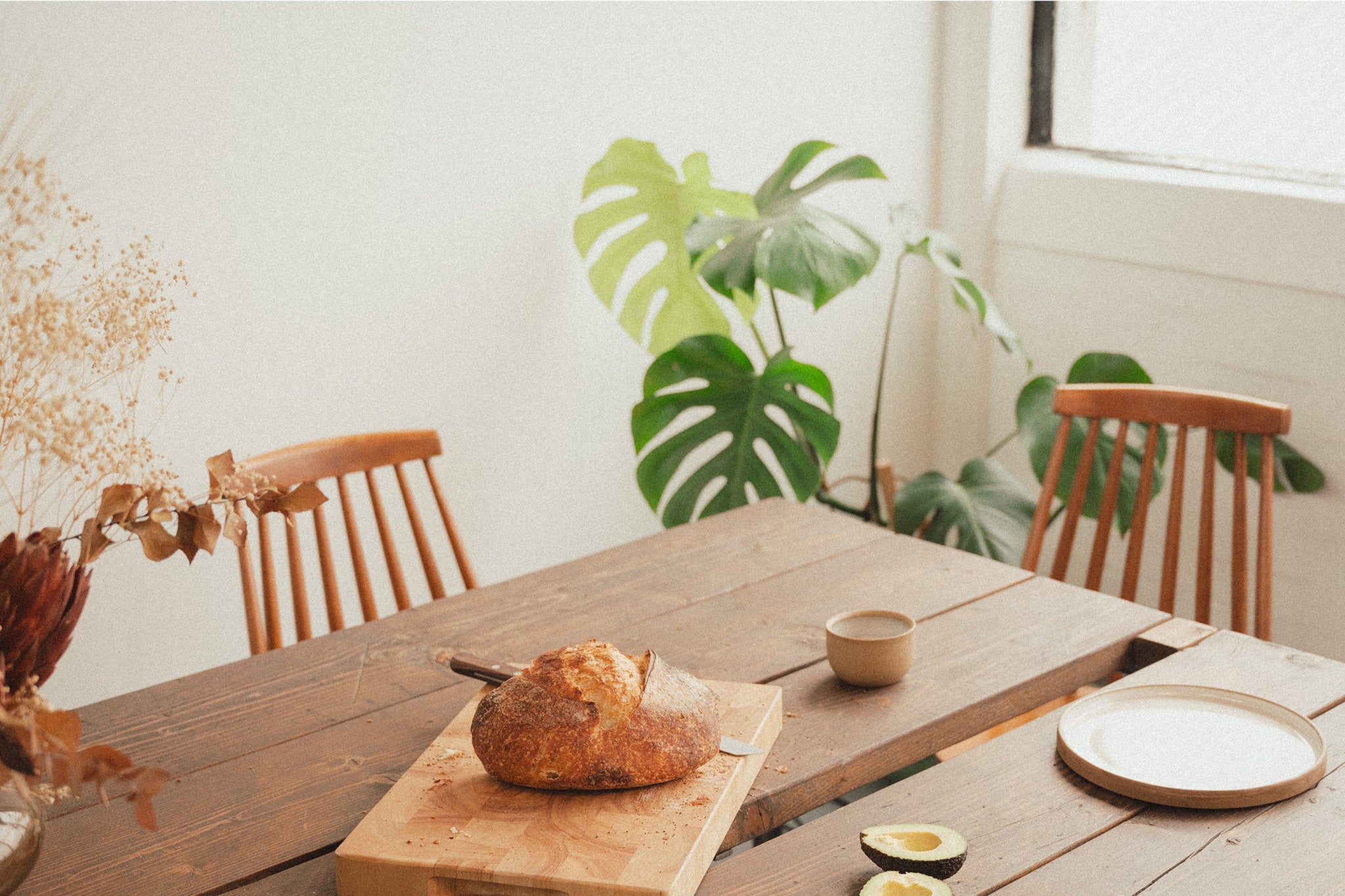Behind the mystery of many terms within the speciality coffee world, lies some cool and simple science. Chances are, among the jargon, you’ve heard people talk about ‘resting coffee’—yet it’s often just prescribed as an action to take, rather than explained why you should do it. Truth is, there’s no big secret—just a simple rule to experiment with, to help you get the best out of your coffee.
Here, we talk through the process of roasting, resting, and brewing your coffee, and how each step is just as important.

THE ROAST
We pride ourselves on roasting your coffee to order. With a same day despatch for orders placed before midday, and Tracked 24- and 48-hour options, our intention is always for your coffee to arrive to you as fresh as possible, allowing you to get the most out of your order. Once it’s dropped through your letterbox, you’ll note a roasting date stamped on the back of your bag. This is so you know how long you should wait before you get brewing, helping you to create a consistent, delicious coffee. But why does coffee need to rest once it’s been roasted?
When green coffee is roasted, it releases moisture, trapping pockets of C02 inside the bean. This is why retail coffee bags are designed with valves, which prevent the bags from exploding, allowing the gas to dispel naturally. As the moisture is burnt off during the roasting process, the coffee beans turn yellow, indicating the development of sugar, and then light brown as they become endothermic (absorbing heat energy). At this stage, the coffee’s cellular structure will begin to expand from the heat, releasing moisture pressure.
With this release, the coffee bean will then pop, commonly referred to as the ‘first crack’. This crack, which sounds like corn popping, is down to a chemical reaction – called the Maillard reaction – between proteins and sugars. The pop occurs as the moisture in the bean forces steam, and then pressure, which is an exothermic reaction.
After this first crack, the coffee begins to caramelise, developing much of its flavour, as well as a brown colour. This is also when the coffee develops a good dose of carbon monoxide, which is trapped tightly within the structure of the bean. It’s this C02 that means that, once we’ve completed the roasting, we need to rest the coffee – also often known as ‘degassing.’

THE REST
When it comes to brewing your freshly roasted bag of coffee, you should first let it rest, giving it time to allow the flavours to open up: brew it too soon after it’s been roasted, and you’re extracting the trapped C02, which is commonly perceived as being highly acidic and sour in flavour. We recommend keeping your coffee sealed, and in an ambient environment, such as one of our airscape containers – not next to an oven, for example, or in the fridge, where moisture speeds up the oxidation process.
40 percent of gasses are released within 24-hours after roasting, but then the process slows down. We aim to ship any of our espresso blends no later than 14 days from the roast date. For resting period, we’d suggest waiting between 7 and 14 days before you dial in. For our Filter coffees, we aim to ship these to you up to 7 days from roast date. If you’re brewing for filter, we’d recommend resting your fresh bag of coffee between 5-14 days. Of course, brewing is a personal ritual: enjoy exploring and find a resting time that works for you.

THE BREW
You’ll notice that, in your favourite coffee shop, or when you’re following a brew recipe at home, the first stage of making a pour over involves pouring a small amount of heated water onto the dry bed of coffee. The water starts pushing the carbon dioxide out of the coffee: this is called the first bloom: you’ll notice that the ground coffee swells, and there are lots of air bubbles: this is the gas escaping.
If you’re brewing an espresso, the gas starts escaping when the water hits the coffee, and if you’ve allowed your bag to rest after roasting, you’ll find yourself with a flavourful brew—in fact, that crema is down to that gas release. However, if your coffee is too fresh, you’ll find yourself with sour coffee; too old, and you’ll get little to no crema, and a poor espresso. If you’re allowing your coffee to rest properly, you’ll note that your shot times are more consistent, too.
The most important part in the whole process of resting your coffee, is to find the time period that works for you, as there are multiple factors that can play into the coffee’s degassing time. For example, if you live in an area of high elevation, your coffee may need to rest for much longer.
So how long should your coffee rest after roasting? It's a challenging one to answer because like many coffee questions, the answer depends on so many variables. For us it's about enjoying the science and ritual, discovering what works for you and your home brew environment.
--
Visit our coffee collections page - shop now
